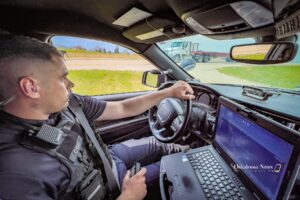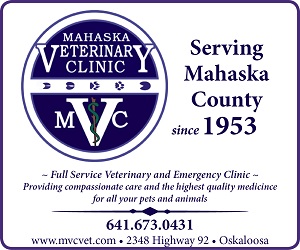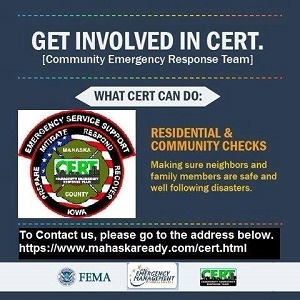Speed and Rural Roads Drive 2025 Traffic Fatalities in Iowa

Oskaloosa Police Officer monitors speed along Highway 163 in Oskaloosa. He recently pulled over a speeder doing 91 in a 65 mph speed zone.
As of mid-April 2025, Iowa has recorded 61 traffic fatalities — a troubling statistic that highlights ongoing road safety concerns across the state. A closer look at the numbers reveals that rural areas remain the most dangerous, with 41 of those deaths occurring outside of urban centers.
Despite the perception that cities are riskier due to heavier traffic, the majority of deadly crashes in Iowa continue to happen on rural roads. These environments, often characterized by higher speed limits, fewer enforcement resources, and longer emergency response times, consistently contribute to a disproportionate share of fatalities.
Speed remains a leading factor in these incidents. On open stretches of highway and county roads, many drivers exceed safe limits, increasing the likelihood of severe or fatal collisions. The consequences of high-speed crashes are often compounded when other risk factors, such as lack of seatbelt use, suspended licenses, or uninsured drivers, are involved.
The dangers of rural driving are often underestimated. Drivers face narrow shoulders, sharp curves, limited signage, and reduced lighting — all of which increase the potential for serious accidents. Young or inexperienced drivers are particularly at risk, especially when distractions like mobile phones are involved.
Nationally, speeding is consistently cited by the National Highway Traffic Safety Administration as a contributing factor in nearly one-third of all motor vehicle fatalities. In states like Iowa, the proportion is even higher due to the unique characteristics of rural roadways.
As spring and summer approach, Iowa typically sees an increase in travel-related fatalities. Authorities stress the importance of preventive behaviors: obeying speed limits, using seatbelts, avoiding distractions, and ensuring vehicle readiness.
Each traffic death represents more than a number; it reflects a life cut short and a family left to cope with the aftermath. With a continued focus on awareness and personal responsibility, Iowa residents can help reverse this ongoing and devastating trend.
For traffic data and safety resources, visit the Iowa Department of Transportation at iowadot.gov.















